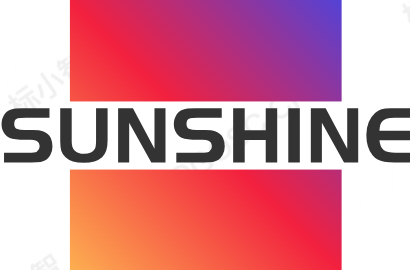Is the Thai decoration industry too difficult to do
The Thai decoration industry has indeed faced some challenges in recent years, but the market potential still exists, and the key is how to cope with changes. The following is a comprehensive analysis:
1. Current industry challenges
Intense market competition: A large number of small and medium-sized decoration companies and guerrilla style contractors flood the market, resulting in severe price pressure and compressed profit margins.
Cost increase: Fluctuations in building material prices (affected by global supply chains) and rising labor costs (partially dependent on foreign labor) have compressed profits.
Customer demands are increasing: Thai consumers are paying more attention to design quality and environmentally friendly materials, and their tolerance for low-priced and rough services is decreasing.
Economic environment impact: After the epidemic, some customers’ budgets have been reduced, high-end projects have decreased, and the competition in the mid to low end market has intensified.
Industry non standardization: lack of unified standards, frequent disputes (such as delays and quality issues), affecting reputation.
2. Opportunities and advantages
Tourism real estate demand: The demand for hotel and homestay renovation continues (especially in tourist areas such as Phuket and Bangkok), and the short-term rental market drives the demand for decoration.
Policy support: The government is promoting infrastructure projects in the Eastern Economic Corridor (EEC), leading to an increase in demand for some commercial renovations.
Environmental trends: Green building materials and energy-efficient designs (such as solar energy) are gradually gaining popularity and can compete differentially.
Online channels: showcase case studies and live stream construction processes through social media platforms such as Facebook and LINE to attract young customers.
3. Suggestions for breaking the deadlock
Segmented market: Focus on a certain field (such as smart home, old house renovation, shop decoration) to avoid homogenization.
Enhance service added value: provide free design consultation, transparent pricing system, after-sales warranty, and establish trust.
Cost control: Long term cooperation with building materials suppliers to lock in prices, train workers on efficiency, and reduce waste.
Digital marketing: Using 3D renderings, VR display solutions, and sharing case studies on TikTok or YouTube.
Compliant operation: Register a legitimate company, provide contract guarantees, and attract customers who value reliability.
4. Regional differences
Bangkok: The competition is the most intense, but there is a high demand for high-end projects and apartment decoration.
Chiang Mai/Phuket: There are many opportunities for tourism related decoration (homestays, cafes) with obvious seasonality.
Second and third tier cities: highly price sensitive, requiring cost control, but relatively less competition.
summarize
The difficulty in the Thai decoration industry is mainly due to the market’s popularity and cost pressures, but there are still opportunities for consumer upgrading and segmented demand. It is recommended to start with specialization, transparent services, and precise marketing to avoid falling into low price competition. If one has the ability to innovate in design or integrate resources, they can still find growth points.
This article is from a submission and does not representThailand Interior Decoration _ House Interior Decoration _ Decoration Design Company-Sunny Cottageposition,If reproduced, please indicate the source:https://www.decorationbydiana.com/21905/
